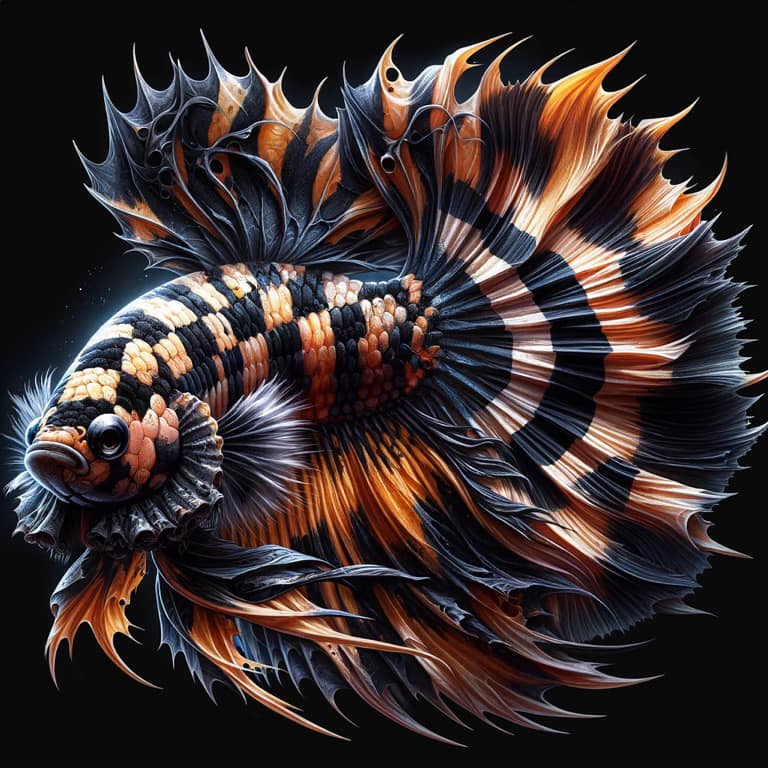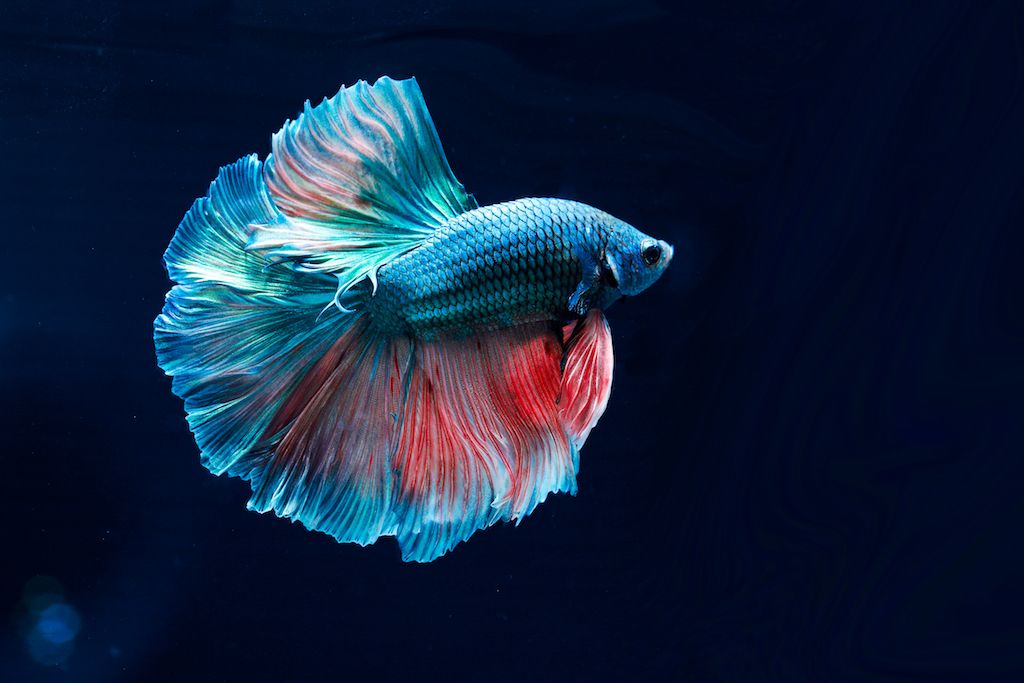Betta Fish Care: Vital Tips for a Healthy and Happy Pet
Betta Fish Care: Vital Tips for a Healthy and Happy Pet
Blog Article
Reproducing Betta Fish: a Comprehensive Step-By-Step Overview to Successfully Raising Child Bettas From Eggs to The Adult Years
Reproducing Betta fish is a precise venture that needs cautious preparation and implementation to make sure the effective development of fry from eggs to mature fish. As the male Betta vigilantly constructs a bubble nest and guards the valuable eggs, the subsequent stages of care and transition demand focus to information and understanding of best practices.

Picking Breeding Pairs
When getting started on the trip of breeding Betta fish, picking the ideal breeding pairs is important to achieving preferable qualities and a healthy family tree - betta fish. The very first step in this procedure is to recognize the particular traits you want to enhance or maintain, such as color, fin kind, and body form. It is necessary to choose genetically varied pairs to stay clear of inbreeding, which can result in wellness issues and unwanted qualities
Review prospective breeding prospects carefully. A healthy and balanced male Betta must exhibit vivid colors, an energetic disposition, and well-formed fins, while the lady needs to likewise present vibrant pigmentation and a rounded stubborn belly, suggesting preparedness for spawning. Observing the temperament of both fish is crucial, as aggressive or excessively reluctant individuals may not reproduce successfully.
Paperwork of lineage is just as important. Keeping documents of the moms and dad fish's ancestry can help you track genetic characteristics and possible concerns. Additionally, seek advice from trusted dog breeders or on-line sources for assistance on picking suitable sets. Ultimately, investing time in the choice procedure will dramatically improve the probability of generating solid, vibrant spawn that satisfy your reproduction objectives (betta fish).

Preparing the Breeding Tank
Creating an optimum reproduction environment is a crucial action after picking appropriate pairs for Betta fish. The reproduction container should be especially created to supply convenience and promote the natural reproduction habits of the fish. Start with a storage tank size of at the very least 10 gallons to make certain sufficient room for both the male and women Bettas.
Maintain a gentle filtering system to maintain the water tidy while avoiding strong currents that can worry the fish. Additionally, an air rock can be included in supply oxygenation without interrupting the water surface area as well much.
Temperature level regulation is vital; goal for a secure variety of 78-82 ° F(25-28 ° C) making use of a reliable heating unit. The pH you could try these out level must be maintained in between 6.5 and 7.5, and routine water adjustments are needed to ensure high water top quality.
Include floating plants or generating mops to create concealing areas for the woman, while also motivating bubble nest building by the male - betta fish. Guarantee the storage tank is free from sharp decors and any type of prospective hazards, as the well-being of the fish must constantly be focused on during this crucial phase of reproduction.
The Reproduction Process
Normally, the breeding procedure for Betta fish entails a collection of distinct and observable actions that indicate readiness for reproduction. The male Betta starts by building a bubble nest at the water's surface area, which acts as a site for the fed eggs. This nest is crucial, as it supplies a risk-free setting for the eggs up until they hatch.
Once the nest is developed, the male will show courtship actions, such as flaring his fins and exhibiting vivid colors to attract the lady. The lady, upon sensing the male's readiness, will respond by presenting vertical stripes along her body, signifying her receptiveness.
The fed eggs then drop to the bubble nest, where the male very carefully collects and returns them to the nest. Following this, the male presumes responsibility for securing the nest and guaranteeing the safety and security of the eggs up until they hatch out, usually within 24-36 hours.
Taking Care Of Betta Fry
Caring for Betta fry requires careful interest to their atmosphere and nutrition to ensure healthy and balanced development and growth. After hatching, Betta fry are very tiny and susceptible, requiring a secure and clean habitat.
Feeding Betta fry is similarly vital. official statement Feed them little quantities several times a day, being mindful not to overfeed, which can lead to water top quality problems.
Transitioning to Adult Bettas
As Betta fry mature, transitioning them to adult Bettas is an essential phase that calls for mindful administration of their setting and social interactions. This process generally begins when the fry reach around 6 weeks of age, whereupon they can be slowly introduced to a much more organized living atmosphere.
To promote this change, it is vital to ensure that the water specifications-- such as temperature, pH, and ammonia degrees-- are optimum and steady. Grown-up Betta fish thrive in warm water (around 78-80 ° F) with a pH of 6.5 to 7.5. Progressively accustom the fry to these problems to reduce stress and anxiety.
Social interactions are one more crucial element; male Bettas are notoriously territorial and hostile. It is suggested to different males right into specific tanks as they develop. Women Bettas can be housed together, yet treatment ought to be taken to monitor for signs of aggressiveness.
Additionally, dietary modifications need to be made as the fry see here now expand. Incorporate high-grade pellets and live foods to support their development and wellness. By taking care of these variables efficiently, you can advertise a successful transition to the adult years for your Betta fish.

Conclusion
Successful breeding of Betta fish needs cautious focus to information throughout the whole process, from picking genetically diverse sets to giving optimal treatment for fry. By ensuring appropriate reproduction conditions and maintaining water high quality, the possibility of healthy and balanced offspring raises dramatically. In addition, a well balanced diet and progressive adaptation to grown-up atmospheres are important for the growth and development of Betta fish. Complying with these actions vigilantly cultivates a growing population of Betta fish, enhancing both their wellness and vigor.
Report this page